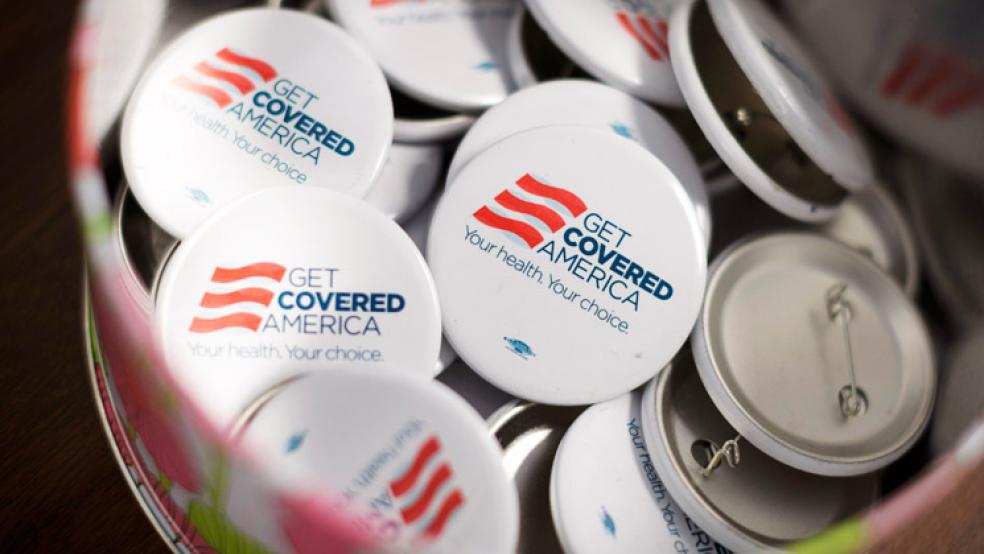Despite its name, the primary goal of the Affordable Care Act was to expand health care coverage to millions of Americans who had been uninsured. And while it’s done that — 15 million non-elderly adults have gained coverage — making that insurance “affordable” remains a significant challenge.
Government subsidies for enrollees with incomes below 400 percent of the federal poverty level were designed to help with that, but rising premiums and high deductibles mean that getting health care coverage and treatment remains a financial burden for many Americans. A new study from the Urban Institute shows just how high the toll can be.
Related: Two Big Problems for Obamacare: Cost and Confusion
The study found that the median single enrollee earning between $35,310 and $47,080, or a family of four earning between $72,750 and $97,000, will spend almost 15 percent of their income next year on Obamacare insurance premiums and out-of-pocket costs in 2016, even with federal government subsidies. The percentages increase for those with worsening health and those over age 45. And 10 percent of people in the income range the Urban Institute researchers looked at, between 200 percent and 500 percent of the federal poverty level, will spend more than 21 percent of their income on health care costs.

Although there’s no objective standard for how much people should spend on health care, “a lot of people make the judgment that it’s unaffordable and that makes a real impact,” says Matthew Buetggens, a senior research associate at the Urban Institute and co-author of the study. A Kaiser Family Foundation survey found that cost is the main reason the uninsured give for why they lack coverage.
Those costs could become a threat to the Obamacare program overall. “The affordability of marketplace premiums and out-of-pocket limits need to be further addressed to reduce the risk that enrollment and reductions in the number of uninsured will be well below the law’s objectives,” the report reads.
The health care law created penalties for not signing up, and those fees rose this year and will climb again next year. But once the penalties flatten, if the cost of health care continues growing, more people will face financial pressure to drop out of the exchange, Buetggens says: “It’s going to be a gradual decrease in enrollment, but it’s definitely real.”
Related: Obamacare Is Now on Life Support
Some progress has been made toward making Obamacare actually affordable, though. The Urban Institute report finds that 17.3 percent of non-elderly adults said they had problems paying their medical bills in 2015, down from 22 percent in 2013.
Of course, steeper health care costs aren’t just limited to those covered by Obamacare — people with employer-based plans are also going to see larger premiums and out-of-pocket costs next year.
According to an analysis from the employee benefits consultancy Aon Hewitt, the combined premium and out-of-pocket costs for employees are going to be more than $5,000 for the first time next year. For workers who make $50,000 or less annually, that means health care costs will account for about 10 percent of their income. But in general, those with employer-based plans, especially for plans offered by large employers, the premiums and out-of-pocket costs are lower than for those with Obamacare.





